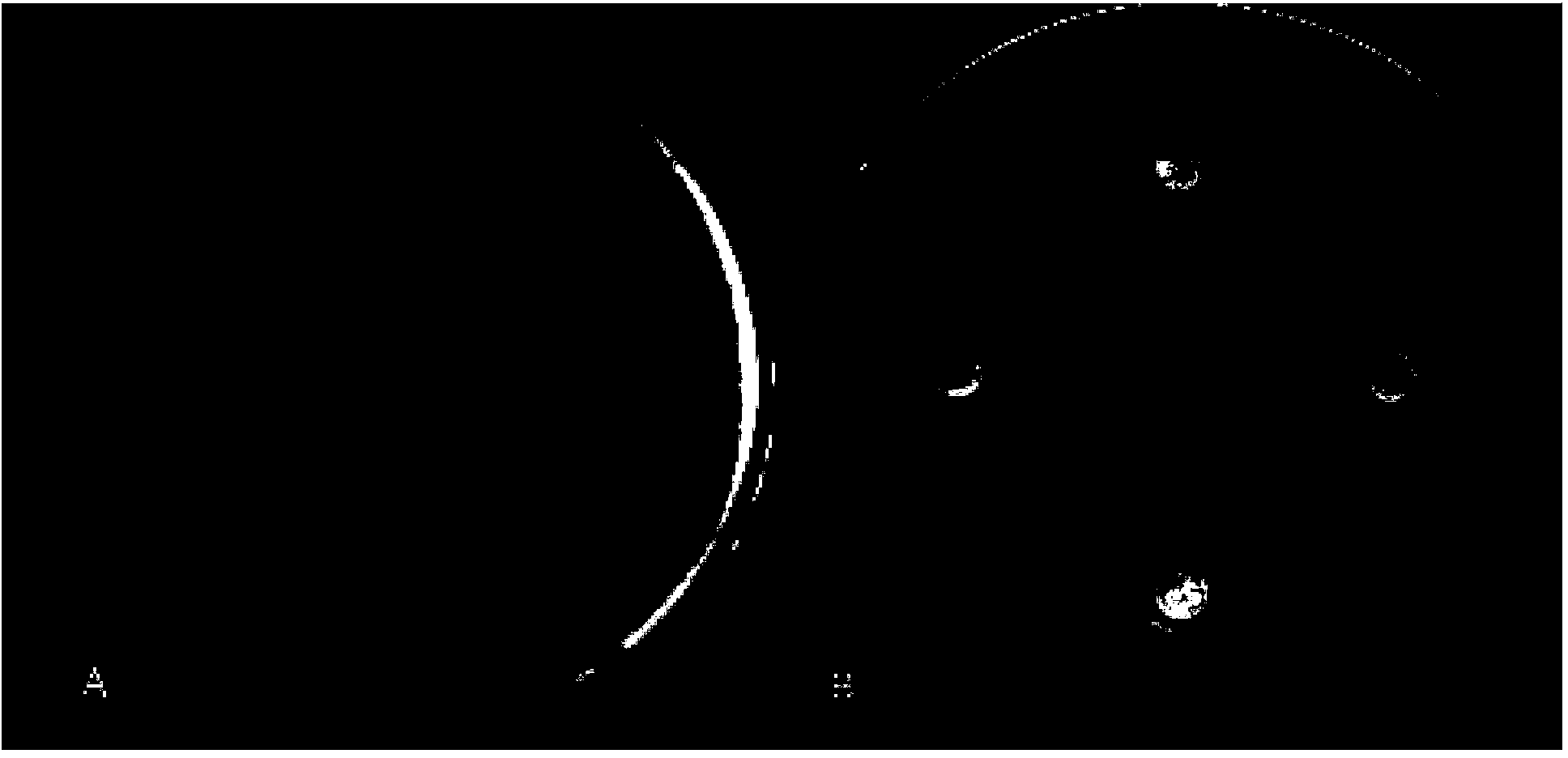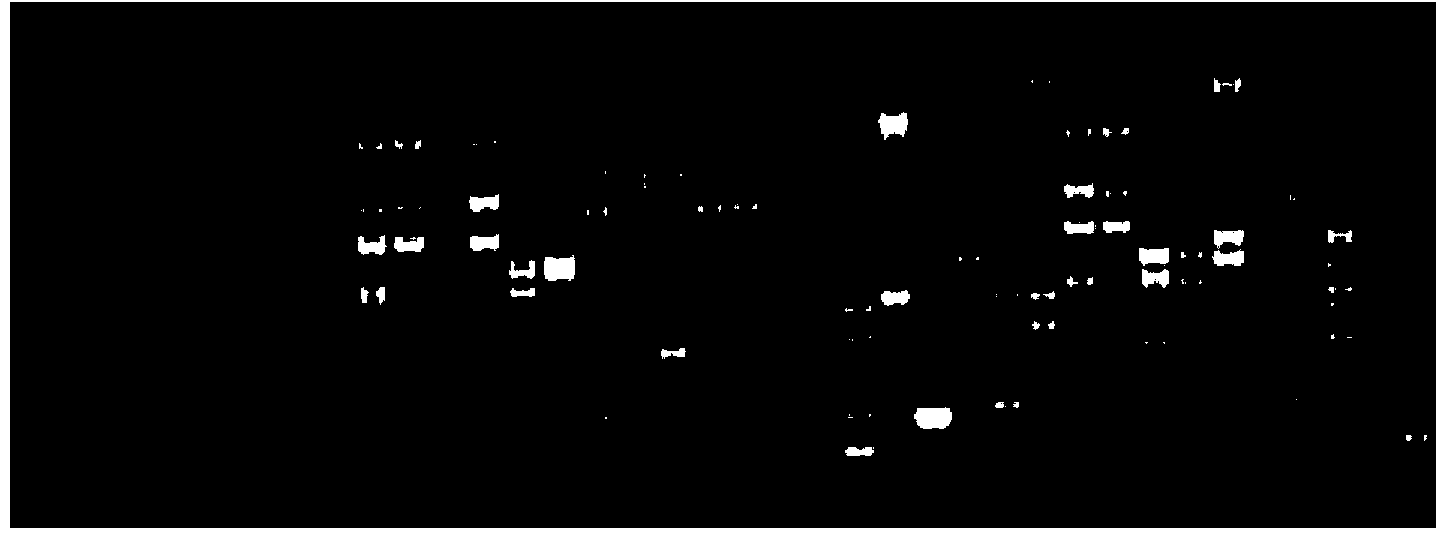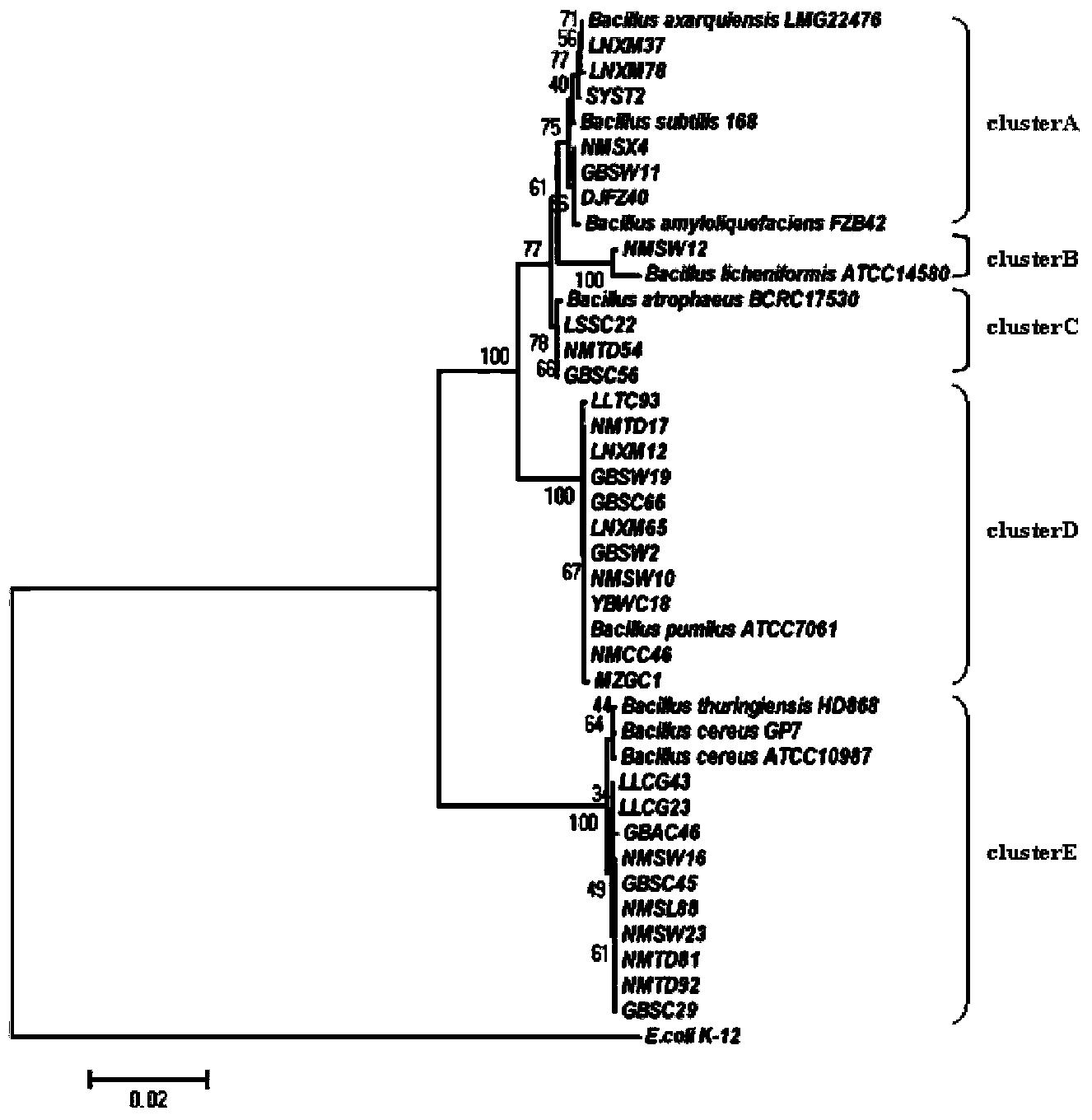Bacillus subtilis LNXM37 and application thereof
A technology of Bacillus subtilis and bacteria, applied in the field of microorganisms, can solve the problems of crop diseases and insect pests, affecting sowing, emergence and growth of seedlings, and slow decomposition speed, etc.
- Summary
- Abstract
- Description
- Claims
- Application Information
AI Technical Summary
Problems solved by technology
Method used
Image
Examples
Embodiment 1
[0036] Example 1 Isolation, screening and identification of bacillus with biocontrol effect
[0037] Using the five-point sampling method, a total of 35 soil samples were collected under different environmental conditions in Lhasa, Nyingchi, Shannan and Shigatse in Tibet. The strains were isolated and purified by the dilution plate method, and 1388 strains were isolated. Then, using Xanthomonas oryzae pv.oryzae, Rhizoctonia solani and Sclerotinia sclerotiorum as indicator bacteria, 311 strains with better antibacterial effect were finally obtained ( Antibacterial zone diameter ≥ 5mm). Genomic rep-PCR (repetitive extragenic palindromic PCR) fingerprint screening was performed on the 311 isolated strains with good antibacterial effect, and a total of 150 strains with different fingerprints were obtained (for fingerprints, see figure 1 ). Physiological and biochemical identification was carried out on 150 bacterial strains obtained through fingerprint screening, and the 150 bac...
Embodiment 2
[0038] Example 2 Screening of strains with biocontrol and straw degradation potential
[0039]Based on the 31 strains of biocontrol Bacillus identified in Example 1, the first round of preliminary screening was carried out with the flat plate transparent circle method, and 27 strains that could produce extracellular lignocellulose degrading enzymes were obtained. See the results of partial plate screening image 3 a. Then, the extracellular enzyme activities of these 27 strains of Bacillus were measured with polysaccharide substrates of different properties. image 3 B and image 3 c. Finally, based on the results of primary screening and secondary screening, two strains, GBSW19 and LNXM37, with both biocontrol and straw degradation potential were obtained.
Embodiment 3
[0040] Example 3 Comprehensive evaluation of the actual degradation effect of strain LNXM37 on wheat straw powder
[0041] The activated LNXM37 strain on the plate obtained in Example 2 was picked into the liquid LB medium, shaken and cultivated at 37°C and 200rpm for 12 hours to make a seed liquid, and then transferred to the seed liquid with an inoculation amount of 2% by volume to add wheat straw Wheat straw powder (5 mesh) was shaken in Hutchinson medium as the only carbon source, and the culture fluid was collected on different days, and the weight loss rate, cellulose degradation rate, semi cellulose degradation rate and lignin degradation rate, and finally obtained the comprehensive evaluation results of the actual degradation effect of strain LNXM37 on wheat straw powder (see Figure 4-7 ).
[0042] Figure 4-7 The results showed that when the strain LNXM37 acted on straw alone, the weight loss rate of straw could reach 35.2%, the degradation rate of cellulose reache...
PUM
| Property | Measurement | Unit |
|---|---|---|
| Diameter | aaaaa | aaaaa |
Abstract
Description
Claims
Application Information
 Login to View More
Login to View More - R&D
- Intellectual Property
- Life Sciences
- Materials
- Tech Scout
- Unparalleled Data Quality
- Higher Quality Content
- 60% Fewer Hallucinations
Browse by: Latest US Patents, China's latest patents, Technical Efficacy Thesaurus, Application Domain, Technology Topic, Popular Technical Reports.
© 2025 PatSnap. All rights reserved.Legal|Privacy policy|Modern Slavery Act Transparency Statement|Sitemap|About US| Contact US: help@patsnap.com



